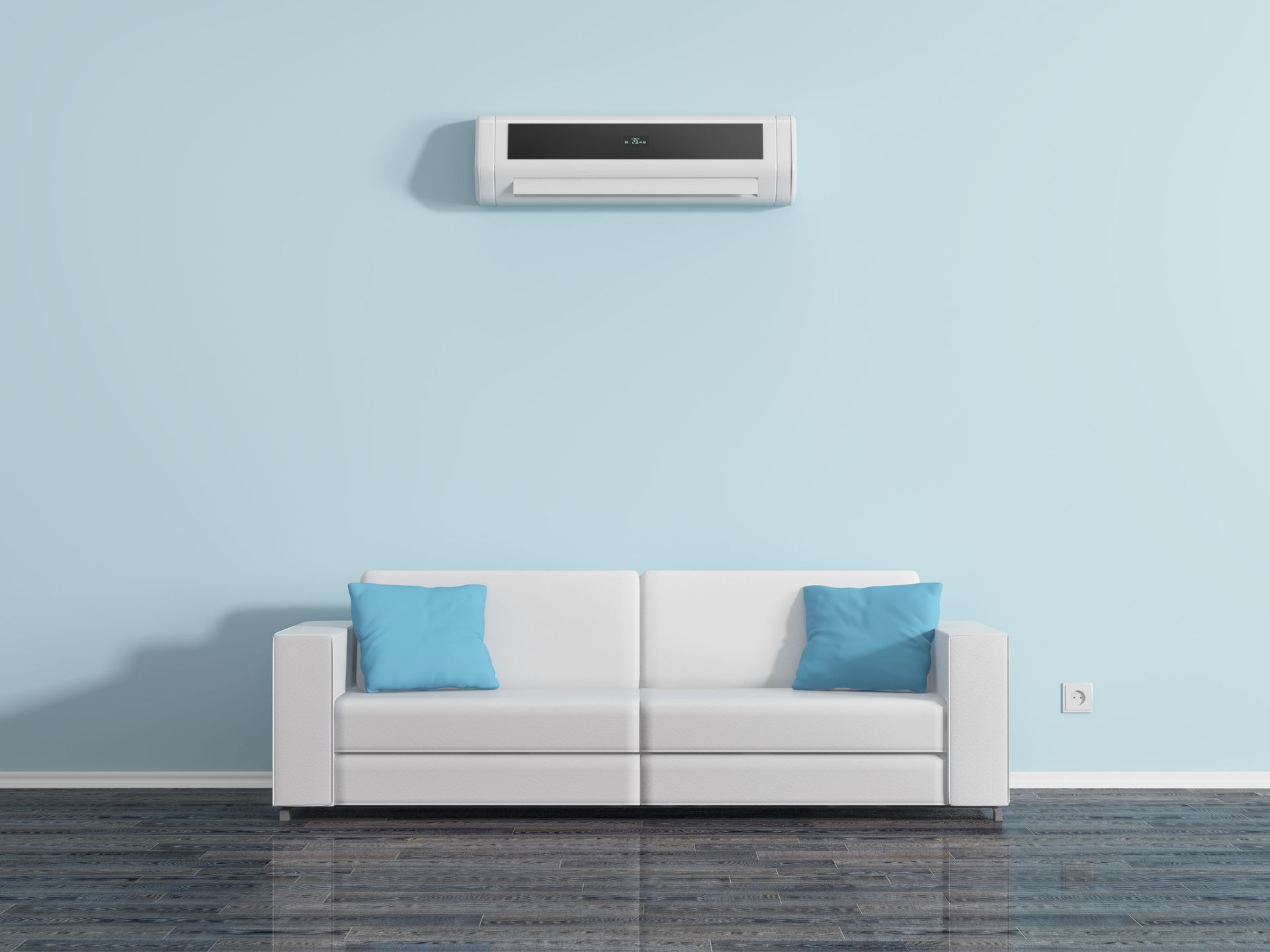How to Decide if a Mini Split Is Right for Your Space
When it comes to heating and cooling your home efficiently, there are more options than ever before. Traditional central air systems have been the go-to choice for decades, but newer technologies like mini splits offer homeowners flexibility, energy savings, and targeted climate control. Choosing the right system for your space can be overwhelming, especially with so many factors to consider, from room size to insulation to installation requirements. Identifying the benefits, limitations, and costs of a mini split can help you make an informed decision that suits both your lifestyle and your home’s layout.
Mini splits, also known as ductless mini splits, are quickly becoming a favorite choice for both new construction and retrofit projects. They provide efficient heating and cooling without the need for extensive ductwork, making them an ideal solution for spaces where traditional systems aren’t practical. Their flexibility means you can enjoy personalized comfort in multiple rooms or zones. Discover how mini splits work, the benefits they offer, and the key factors to consider so you can confidently decide if a mini split is the right fit for your home.
Understanding the Basics of Mini Splits
Mini split systems have two main components: an outdoor compressor/condenser and one or more indoor air-handling units. These units are connected by a small conduit that carries refrigerant, eliminating the need for extensive ductwork. Each indoor unit can be controlled individually, allowing for customizable comfort in different rooms or zones.
One of the major advantages of a mini split is its efficiency. Traditional central air systems lose energy through ducts, especially if they run through unconditioned spaces like attics or crawl spaces. Mini splits, by contrast, deliver air directly to the living area, minimizing energy waste. This targeted approach can reduce your energy bills and increase comfort, particularly in homes with unique layouts or multiple stories.
Because mini splits are versatile and relatively compact, they can be installed in a variety of spaces, from apartments and sunrooms to additions and renovated basements. Their unobtrusive design also allows homeowners to maintain aesthetics without compromising on climate control. Mini split installers often recommend these systems when a flexible, room-specific solution is needed rather than a single, centralized system.
Evaluating Your Home’s Layout and Space Needs
Before choosing a mini split, it’s essential to consider the layout and size of the rooms you want to heat or cool. Mini splits are most effective in spaces where central air isn’t already installed or where ductwork would be difficult or expensive to add. They can be installed in single rooms, multiple zones, or even throughout an entire home, depending on the number of units purchased and the system’s capacity.
Room size plays a critical role in determining the right mini split unit. Oversized units can waste energy by cycling on and off too frequently, while undersized units may struggle to maintain a comfortable temperature. Mini split installers typically conduct a load calculation to recommend a unit that matches the square footage and insulation levels of your space. This ensures the system operates efficiently while providing consistent comfort.
It’s also important to consider the room’s layout and airflow. Furniture placement, ceiling height, and window orientation can all affect how well a mini split distributes air. Planning for optimal unit placement allows you to enjoy maximum comfort without hot or cold spots. Consulting with experienced installers during this stage can save both time and money while preventing installation issues.
Comparing Efficiency and Energy Savings
Energy efficiency is one of the primary reasons homeowners choose mini split systems. Unlike traditional forced-air systems, mini splits do not require ducts, which can lead to significant energy losses. According to the U.S. Department of Energy, mini split systems eliminate the energy losses that occur in central forced-air systems, which can contribute to over 30% of air conditioning energy use. This direct-to-room approach means that more of the energy you pay for goes into actually heating or cooling your home.
Mini splits also offer variable-speed compressors, which adjust their output based on the temperature needs of the room. This flexibility allows the system to operate at lower power when full capacity isn’t needed, reducing energy waste. Homes with multiple zones can benefit even more, as you only need to heat or cool the rooms that are being used rather than the entire house.
When comparing energy savings, it’s also helpful to consider the long-term benefits. While mini splits may have higher upfront costs than some window units or space heaters, their efficiency and longevity can result in lower utility bills and reduced maintenance expenses. Mini split installers often emphasize these advantages when helping homeowners evaluate the potential return on investment.
Assessing Installation and Maintenance Considerations
Mini split installation is generally simpler than retrofitting or expanding ductwork, but it’s still important to work with professionals. Qualified installers can assess your space, recommend the right system, and ensure proper placement for optimal airflow. Improper installation can lead to reduced efficiency, frequent maintenance issues, and even voided warranties.
Maintenance for mini splits is straightforward but essential for longevity. Regularly cleaning filters, checking for refrigerant leaks, and scheduling professional inspections can keep the system running efficiently for years. Many mini split units also come with self-diagnostic features, which alert homeowners to potential problems before they become serious.
Another consideration is the exterior unit’s placement. Outdoor units require clear airflow and protection from debris, extreme weather, and direct sunlight. Mini split installers can help identify the ideal location to maximize efficiency and minimize noise. Proper installation and maintenance ensure that your mini split remains a reliable and energy-efficient solution for your home.
Weighing Costs and Benefits
The cost of a mini split varies depending on the number of zones, system size, and installation complexity. While the initial investment can be higher than traditional HVAC systems, the long-term energy savings and reduced maintenance can make mini splits a cost-effective option over time. Homeowners should consider both the upfront cost and potential utility savings when evaluating whether a mini split is right for their space.
It’s also worth factoring in the flexibility mini split systems provide. If you plan to remodel, add a room, or convert part of your home into a separate living area, mini splits can easily adapt to changing layouts. Unlike central air systems, which may require expensive duct extensions, mini splits allow for easy expansion or relocation of units with the guidance of professional mini split installers.
Choosing the right heating and cooling system for your home requires careful consideration of your space, energy goals, and budget. Mini splits are highly versatile, energy-efficient, and easy to maintain, making them an excellent choice for many homeowners. However, evaluating your specific needs, such as room size, layout, and lifestyle, is critical to ensure that a mini split system will deliver the comfort you expect.
Working with experienced mini split installers can simplify the decision-making process. They can provide guidance on sizing, placement, and system selection, ensuring you get the most out of your investment. By taking the time to carefully assess your space and consult professionals, you can make a decision that provides both comfort and efficiency for years to come.
Ready to upgrade your home’s comfort with a reliable, energy-efficient solution? Contact Precision Heating & Gas Service today to speak with experienced mini split installers who can help you find the perfect system for your space.





Share On: